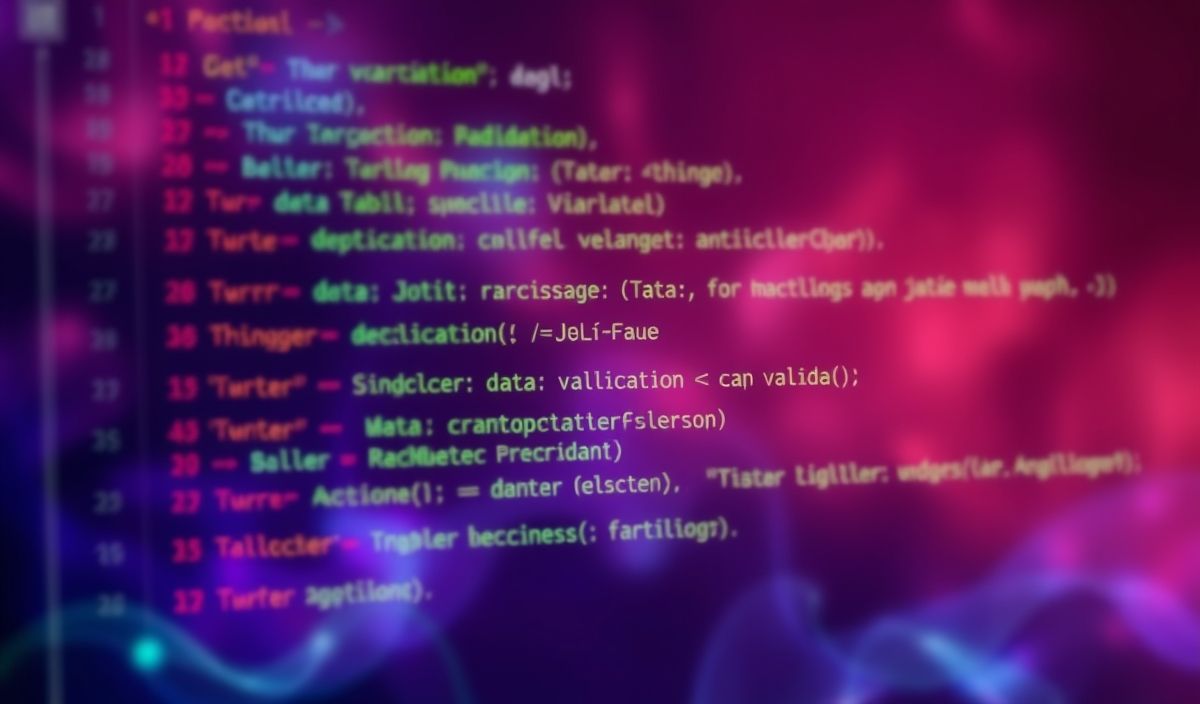Introduction to Jest Runner
Jest Runner is a versatile JavaScript testing framework, often used for React applications, that allows developers to write and run tests effortlessly. With Jest Runner, you can ensure the quality and reliability of your codebase by identifying and fixing issues early in the development process. In this comprehensive guide, we will explore dozens of useful APIs provided by Jest Runner with code snippets and a sample app illustrating their usage.
Getting Started with Jest Runner
// Install Jest Runner
npm install --save-dev jest
API Examples
1. setupFiles
The setupFiles array allows you to specify scripts that should run before the test suite starts.
// jest.config.js
module.exports = {
setupFiles: ["./jest.setup.js"]
};
2. setupFilesAfterEnv
This option allows you to specify scripts that should run after the test framework is installed in the environment.
// jest.config.js
module.exports = {
setupFilesAfterEnv: ["./jest.afterenv.js"]
};
3. testEnvironment
The testEnvironment option lets you specify the environment that will be used for testing, such as ‘node’ or ‘jsdom’.
// jest.config.js
module.exports = {
testEnvironment: "jsdom"
};
4. mock()
The jest.mock() function allows you to mock dependencies.
const axios = require('axios');
jest.mock('axios');
test('fetches data', async () => {
axios.get.mockResolvedValue({ data: { key: 'value' } });
const result = await fetchData();
expect(result).toEqual({ key: 'value' });
});
5. spyOn()
The jest.spyOn() function allows you to spy on function calls.
const math = require('./math');
jest.spyOn(math, 'add');
test('calls add function', () => {
math.add(1, 2);
expect(math.add).toHaveBeenCalled();
});
6. fn()
The jest.fn() function allows you to create mock functions.
const mockCallback = jest.fn(x => 42 + x);
[0, 1].forEach(mockCallback);
// The mock function is called twice
expect(mockCallback.mock.calls.length).toBe(2);
// The first argument of the first call to the function was 0
expect(mockCallback.mock.calls[0][0]).toBe(0);
// The first argument of the second call to the function was 1
expect(mockCallback.mock.calls[1][0]).toBe(1);
// The return value of the first call to the function was 42
expect(mockCallback.mock.results[0].value).toBe(42);
7. toMatchSnapshot()
The toMatchSnapshot() matcher allows you to verify that a value matches a previously snapshot value.
test('renders correctly', () => {
const tree = renderer.create(
App Example
Let’s create a simple app to demonstrate the usage of the Jest Runner APIs introduced above.
// app.js
const axios = require('axios');
async function fetchData() {
const response = await axios.get('https://api.example.com/data');
return response.data;
}
module.exports = fetchData;
Testing the App
// app.test.js
const fetchData = require('./app');
const axios = require('axios');
jest.mock('axios');
test('fetches data', async () => {
axios.get.mockResolvedValue({ data: { key: 'value' } });
const result = await fetchData();
expect(result).toEqual({ key: 'value' });
});
Conclusion
Jest Runner provides a wide array of functionalities that make testing easier and more efficient. By leveraging its APIs, developers can write robust tests that ensure the reliability of their applications. The examples provided in this guide should help you get started with Jest Runner and explore its powerful features.
Hash: bb25f956b21031df5fc55d34299d205cadd503af57ee626c7621a414b938f911




